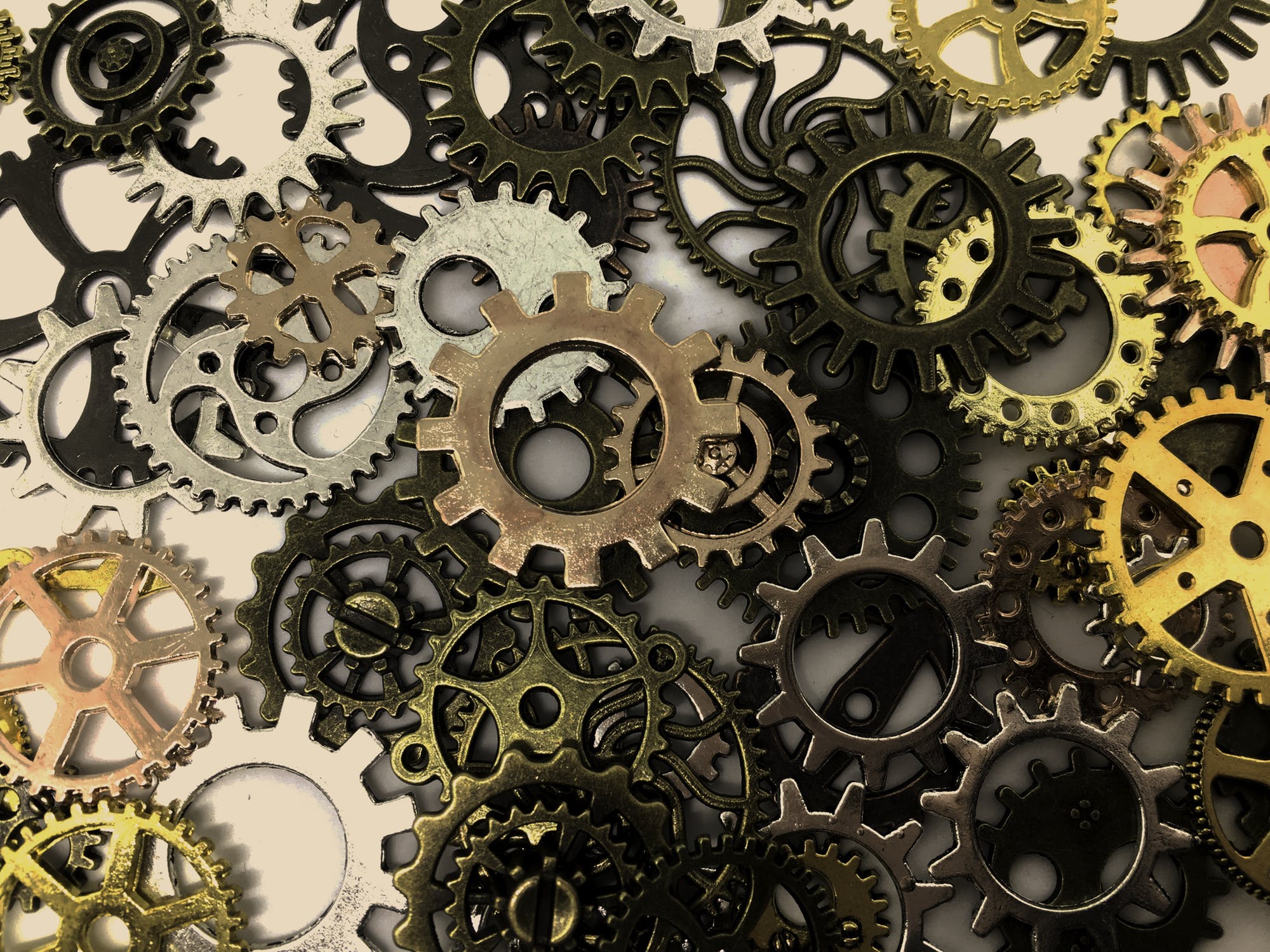This visceral image of “industry” being gritty and exclusively blue-collar is true to some degree, but when “4.0” is added to it, it takes on a whole new meaning, and blue-collar workers end up believing the narrative that robots and artificial intelligence (A.I.) will delete their jobs.
Though common, this fear is unwarranted. Despite the now-proven Hard Trend that A.I., advanced automation and robotics, 3D printing, and other industrial Internet of Things (IoT) advancements often replace mundane tasks in manufacturing, Industry 4.0 transformations allow us to work alongside machines in new, highly productive ways.
Industry 1.0 to 4.0
Manufacturing in every industry has evolved as four distinct industrial revolutions since the 1800s. The first industrial revolution took place between the late 1700s and early 1800s. Manufacturing evolved to optimized labor performed by the use of water- and steam-powered engines with human beings working alongside them.
The second industrial revolution began in the early part of the 20th century, introducing steel and use of electricity in factories. These developments enabled manufacturers to mobilize factory machinery and allowed for capitalizing on manpower in mass production concepts like the assembly line.
A third industrial revolution began in the late 1950s, which brought with it automation technology, computers, and robotics, increasing efficiency and repositioning the human workforce. Near the end of this period, manufacturers began experiencing a shift from legacy technology to an increase in attention to digital technology and automation software.
The current industrial revolution is Industry 4.0, which increases interconnectivity and networked intelligence through the Internet of Things (IoT) and other cyber-physical systems. Industry 4.0 is far more interlinked than revolutions before, allowing for improved company communication and collaboration.
The general definition of Industry 4.0 is the rise of digital industrial technology. To better understand, let’s take a look at nine building blocks of Industry 4.0.
Big Data and Analytics
Industry 4.0 allows for streamlining, collecting and comprehending data from many different sources, including networked sensors, production equipment, and customer-management systems, improving real-time decision making.
Autonomous Robots
The ability for robots to interact with one another while accomplishing rhetorical tasks increases productivity and opens new job opportunities for employees willing to learn new things. These future autonomous robots will cost less while having greater range of capabilities.
Advanced Simulation
Advanced simulations will be used more extensively in plant operations to leverage real-time data, mirroring the physical world in a virtual model. This includes machines, products, and humans and allows operators to test and optimize the machine settings in the virtual world first, accelerating a predict-and-prevent operational strategy for downtime issues.
Horizontal and Vertical System Integration
Universal data-integration networks in Industry 4.0 increase connectivity among departments, suppliers, and partners. This resolves lack of communication or miscommunication within a project crossing departmental boundaries.
Industrial Internet of Things (IIoT)
Decentralizing analytics and decision making while enabling real-time feedback is key in today’s age. IIoT means connected sensors, machines communicating with each other, and more devices having embedded computing enabling Edge Computing, where networked sensors get new data instantly and automated decisions happen faster.
Agile and Anticipatory Cybersecurity
Secure means of communication and identity management is quite important to cybersecurity in Industry 4.0, as increased interconnectivity brings the risk of security issues. Manufacturing companies must pre-solve problems in cybersecurity and implement anticipatory systems by adding a predict-and-prevent layer to A.I.
Advanced Hybrid Cloud and Virtualization
As data increases, local storage will not suffice, which brings us to Cloud Services and Virtualization. Elements of high-speed data analytics coupled with A.I. and machine learning enable real-time knowledge sharing. Advanced Cloud Services also enable anticipatory predict-and-prevent strategies.
Additive Manufacturing (3D Printing)
Advanced additive-manufacturing methods will be integrated into mass production systems, providing a new level of speed and customization along with the ability to solve complex manufacturing problems while also functioning as a standalone system for custom manufacturing.
Augmented Reality
According to my Hard Trend Methodology, this relatively new technology will gain more traction as augmented reality (A.R.) apps for business and industry are developed. For example, in Industry 4.0, AR can help quickly find parts in a warehouse by looking around from one location.
The adaptation of any of the new technologies in Industry 4.0 will face an uphill battle, as blue-collar manufacturing industries are not often open-minded about embracing new technology often seen as a job eliminator. Embracing the ever-changing spectrum of Industry 4.0 technologies allows acceleration of innovation, pre-solving seemingly impossible problems, and developing and implementing digital manufacturing solutions.
Leaders should help their managers and employees anticipate disruption and change to get excited about learning new skills that will keep them employed and ensure development in their careers.



Leave your comments
Post comment as a guest